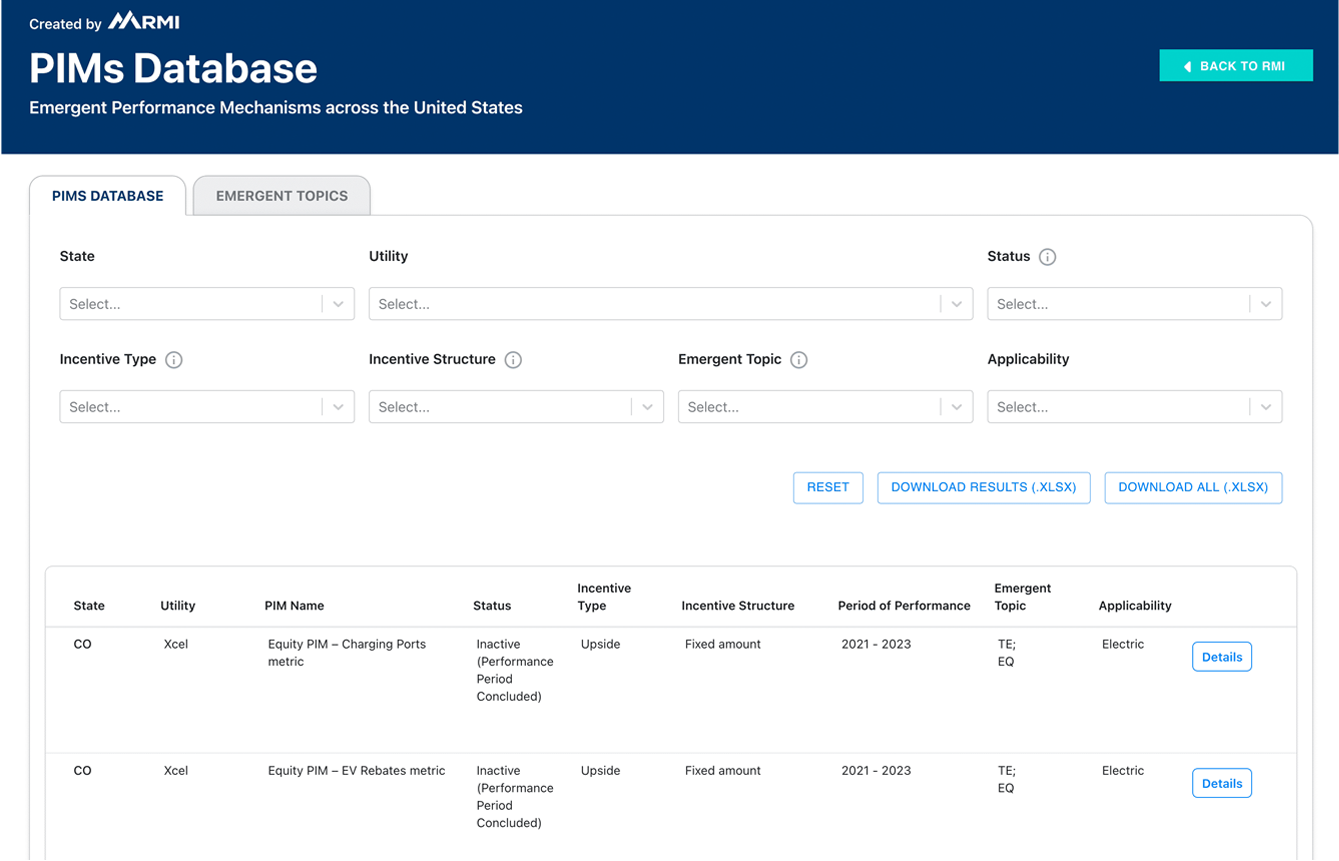A performance incentive mechanism (PIM) is a regulatory tool that ties a portion of utilities’ earnings to the utilities’ performance on desired regulatory outcomes, offering utilities opportunities to create the programs and services needed to advance emerging priorities.
A PIM generally has three key components – a metric, a target, and a financial incentive. The metric is a quantitative unit of measurement. The target is a threshold of performance against the metric that the utility is intended to achieve or exceed. There can be one or more targets to a PIM, and some PIMs – particularly shared savings incentives – are structured in such a way as to not have a target. The financial incentive is either a reward or a penalty in the form of utility earnings ($) that the utility becomes eligible for based on their achievement relative to the metric and target(s).

